The neural circuits of mental imagery
The ability of the human brain to visualize mental imagery is a complex and multifaceted process that involves various cognitive and neural mechanisms. In this essay, we will discuss the neuroscientific basis of mental imagery, including the neural circuits and cognitive processes that underlie visual perception, imagery, and imagination.
Visual perception and imagery
Visual perception is the process by which the brain interprets and gives meaning to visual stimuli that are received through the eyes. The visual cortex, located in the occipital lobe of the brain, is responsible for processing visual information and creating mental representations of the external world. When we look at an object, light enters the eye and is transformed into electrical signals that are transmitted to the brain via the optic nerve. These signals are then processed in the visual cortex, where they are interpreted and combined with other sensory inputs to create a coherent mental image of the object.
Entirely new mental imagery is true creativity
In contrast, mental imagery refers to the ability to create and manipulate visual images in the absence of actual sensory input. Mental imagery can involve the re-creation of previously perceived images, as well as the creation of entirely new mental images. The ability to visualize mental images has been shown to be a critical component of many cognitive processes, including memory, perception, problem-solving, and creativity.
Our Visual cortex’s role in visualization
The neural circuits that underlie mental imagery involve a complex interplay between various brain regions, including the visual cortex, parietal cortex, prefrontal cortex, and limbic system. Research has shown that the visual cortex is involved in both visual perception and mental imagery. Specifically, studies using neuroimaging techniques such as functional magnetic resonance imaging (fMRI) have demonstrated that when individuals are asked to visualize a specific object or scene, the same regions of the visual cortex that are activated during visual perception are also activated during mental imagery.
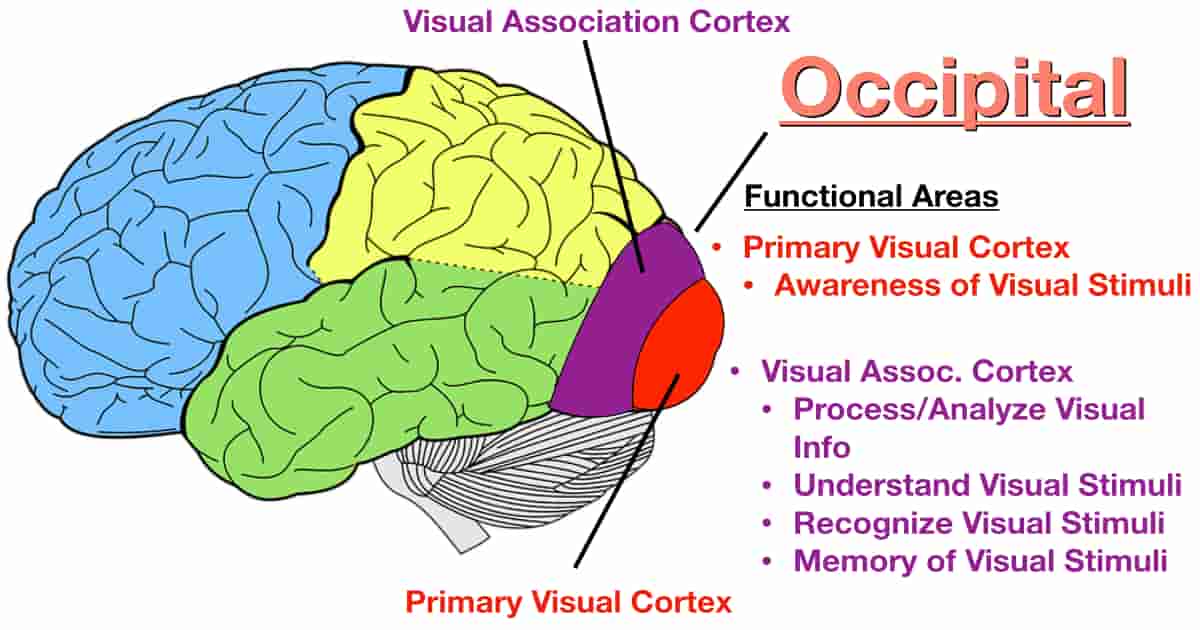
Parietal cortex’s role in visualization
In addition to the visual cortex, the parietal cortex is also involved in mental imagery. The parietal cortex is responsible for spatial processing, which is essential for constructing mental images. Studies have shown that when individuals are asked to imagine a spatial layout, such as a maze or a room, the parietal cortex is activated. Similarly, when individuals are asked to imagine themselves performing a motor action, such as throwing a ball, the parietal cortex is also activated.
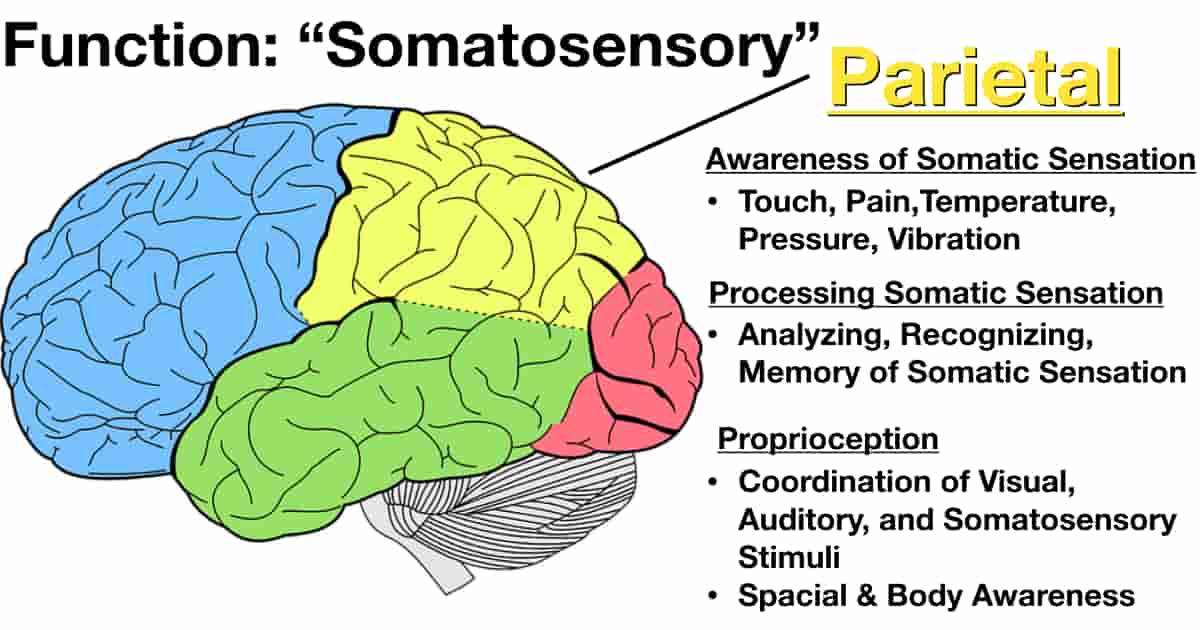
Prefrontal cortex’s role in visualization
The prefrontal cortex is another region that plays a crucial role in mental imagery. The prefrontal cortex is involved in executive functions, such as attention, working memory, and decision-making. These functions are essential for the generation and manipulation of mental images. For example, when individuals are asked to imagine a complex scene, such as a crowded city street, the prefrontal cortex is activated, suggesting that this region is involved in the construction of mental images.
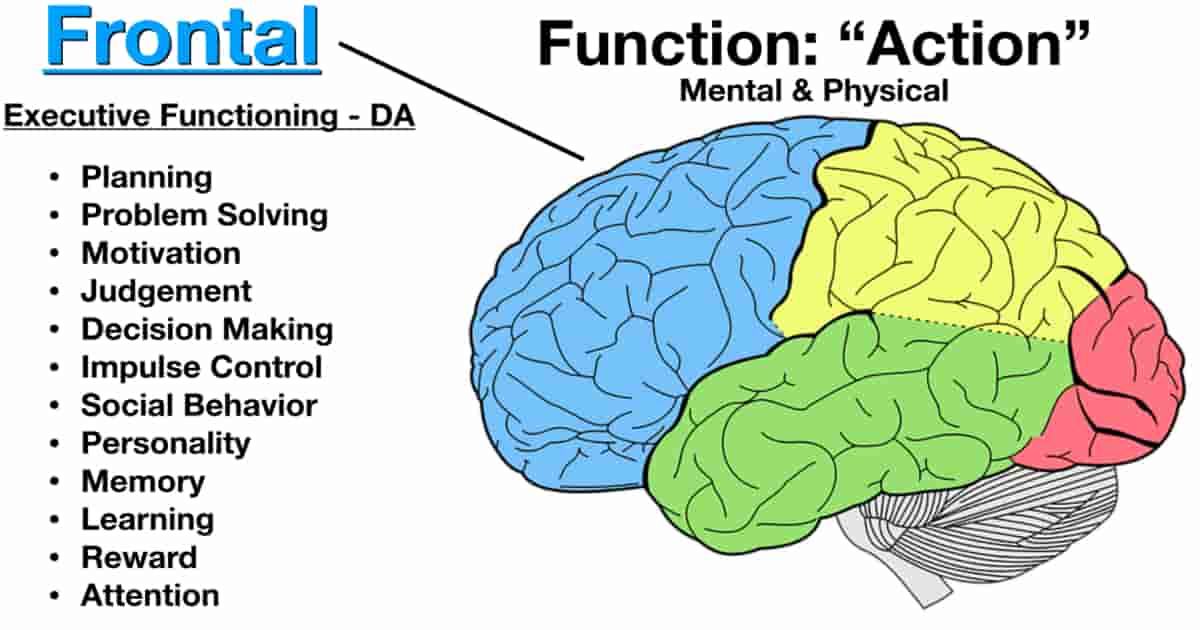
Brain’s limbic system triggers emotion and motivation in visualization
Finally, the limbic system, which includes structures such as the hippocampus and amygdala, is involved in the emotional and motivational aspects of mental imagery. Studies have shown that when individuals are asked to imagine emotionally salient events, such as a loved one or a traumatic experience, the limbic system is activated. This suggests that the limbic system is involved in the emotional content of mental images.
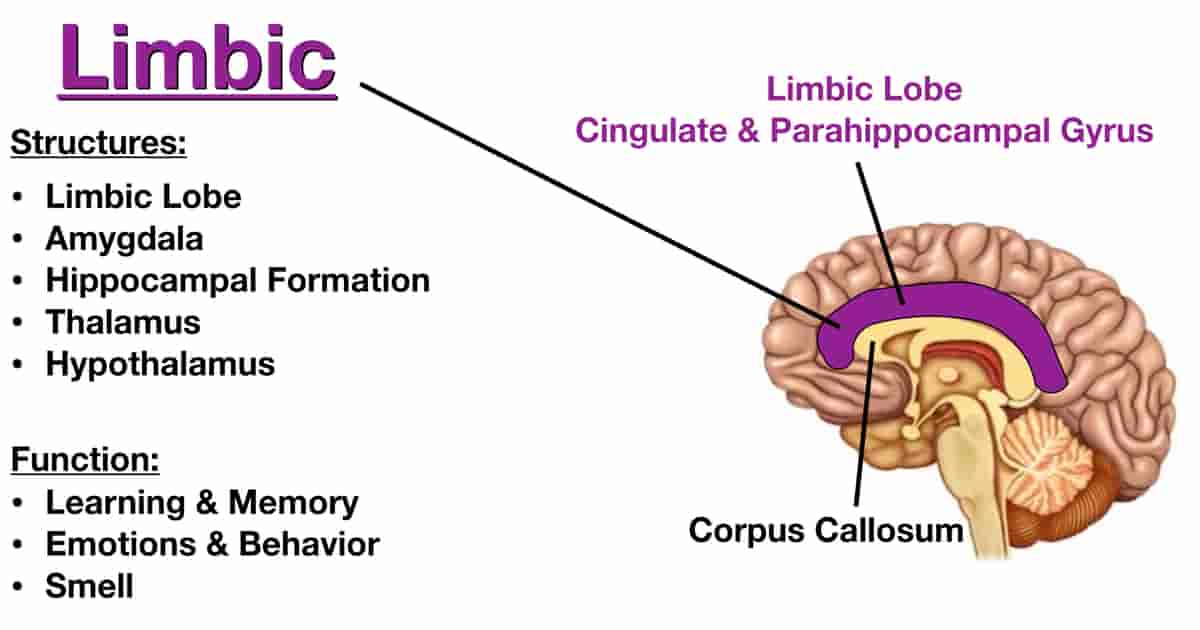
The cognitive processes of attention and working memory for mental imagery
In addition to neural circuits, mental imagery also involves various cognitive processes, such as attention, working memory, and imagery generation. Attention is essential for mental imagery, as it allows individuals to focus on specific aspects of mental images while ignoring irrelevant information. Working memory is also critical, as it enables individuals to hold mental images in their minds while manipulating them. For example, when individuals are asked to imagine rotating an object, they must use working memory to hold the image in their minds while manipulating it.
The cognitive process of imagery generation for visualization
Imagery generation is the process of creating mental images from memory. This process involves retrieving information from long-term memory and using that information to construct mental images. The process of imagery generation has been shown to involve various cognitive processes, including attention, working memory, and semantic knowledge.
Working memory capacity determines how long we can hold mental images
Research has shown that the ability to generate mental images is related to individual differences in cognitive abilities, such as working memory capacity, attentional control, and spatial reasoning. For example, individuals with high working memory capacity are better able to hold mental images in their minds and manipulate them, whereas individuals with low working memory capacity may struggle with these tasks.
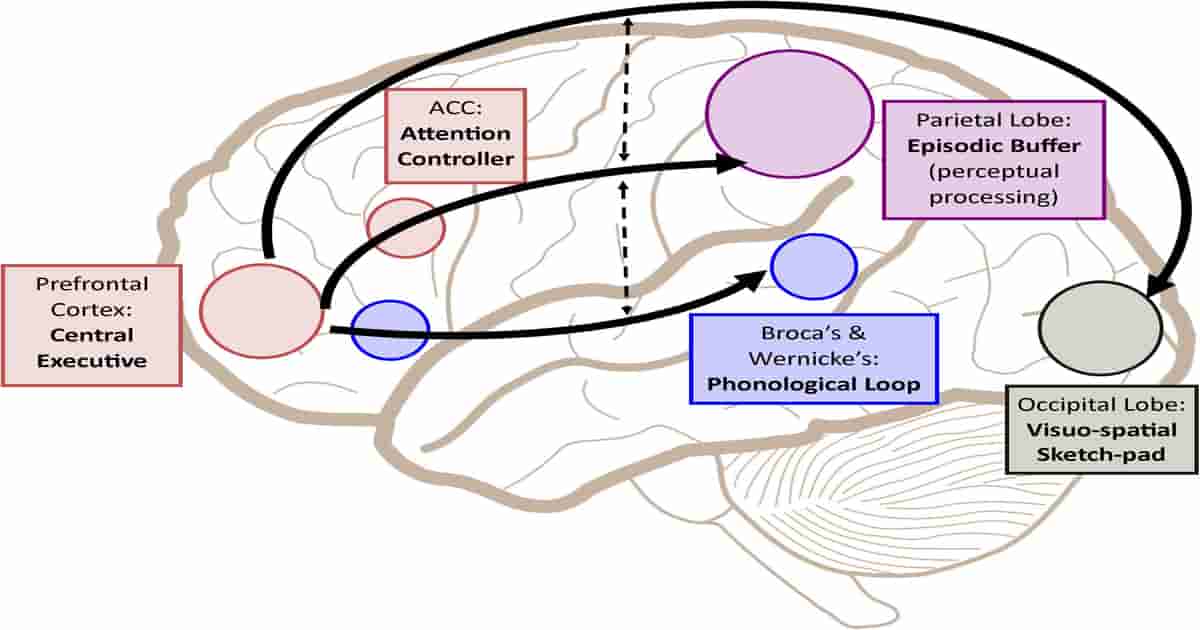
The role of feedback from the motor cortex in mental imagery
One critical aspect of mental imagery is the use of feedback to guide the construction and manipulation of mental images. Feedback is essential for updating mental images and ensuring that they remain accurate representations of what we are trying to visualize. For example, when individuals imagine rotating an object, they use feedback from their own movements to update their mental images and ensure that the object is correctly represented.
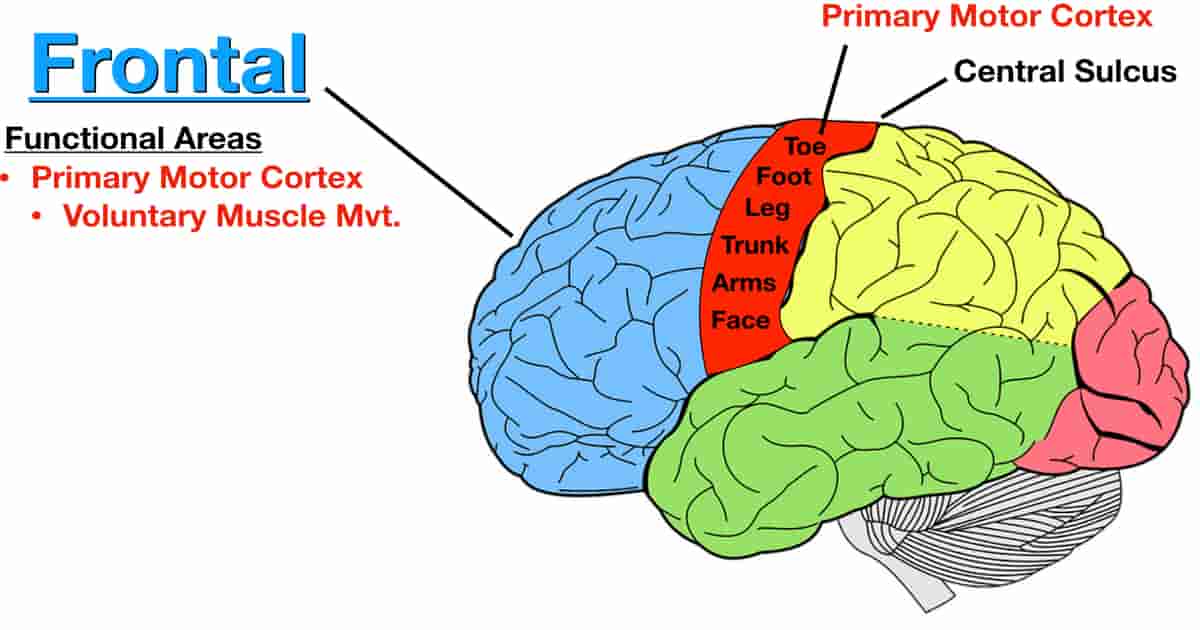
Research has shown that feedback plays a critical role in the neural mechanisms of mental imagery. Specifically, studies have demonstrated that feedback signals from the motor cortex and other sensory areas are transmitted to the visual cortex during mental imagery. These feedback signals allow the visual cortex to update and refine the mental images in real-time.
The importance of mental imagery in cognitive processes
Mental imagery plays a critical role in various cognitive processes, including perception, memory, problem-solving, and creativity. In the realm of perception, mental imagery allows individuals to form mental representations of objects and scenes that are not currently present in their environment. This ability is particularly important for tasks such as navigation and spatial reasoning, where individuals must mentally represent complex environments.
Learning from past events through visualization
In the realm of memory, mental imagery allows individuals to form vivid and detailed representations of past events. This ability is particularly important for tasks such as autobiographical memory, where individuals must recall specific events from their past. Mental imagery also plays a critical role in episodic memory, where individuals must remember specific details of past events.
Problem solving by visualization
In the realm of problem-solving, mental imagery allows individuals to mentally manipulate objects and generate possible solutions to problems. For example, when individuals are asked to solve a puzzle, they may mentally manipulate the pieces to determine possible solutions.
The ultimate creativity in visualization
Finally, in the realm of creativity, mental imagery allows individuals to generate novel and imaginative ideas. For example, artists and writers may use mental imagery to generate new and creative works of art or literature.
Summary of how we visualize
In conclusion, the ability of the human brain to visualize mental imagery is a complex and multifaceted process that involves various neural circuits and cognitive processes. Visual perception, attention, working memory, imagery generation, and feedback all play critical roles in the construction and manipulation of mental images. Mental imagery plays a critical role in various cognitive processes, including perception, memory, problem-solving, and creativity. Further research is needed to better understand the neural and cognitive mechanisms of mental imagery and their paramount roles in human cognition and success.
